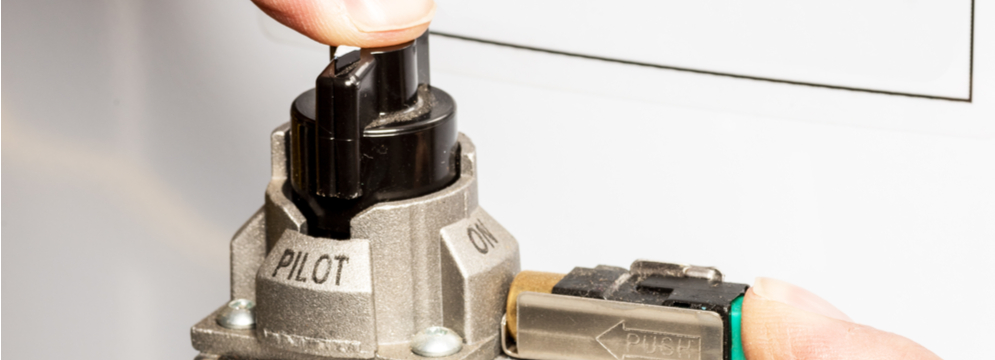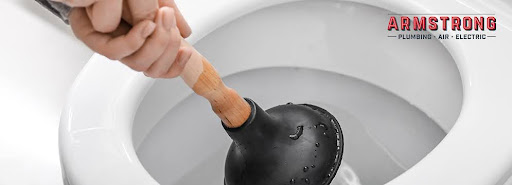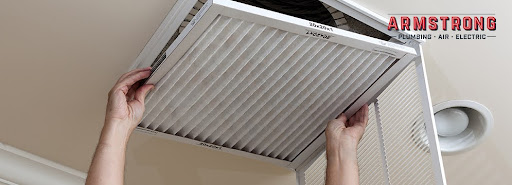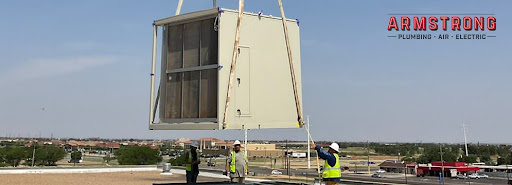If you’ve completed any heating system repairs recently, you know the average life expectancy for a gas furnace can be anywhere from 15-30 years. How long yours lasts is dependent on a few things. First, the model … we all know you get what you pay for. Another factor is usage: the more it runs, the more wear and tear. Maybe the most important factor is maintenance. A well-maintained and serviced furnace is more apt to live longer than one that is not.
GAS FURNACES
Armstrong Plumbing, Air & Electric knows a thing or two about gas furnaces and heating system repairs; after all we have been servicing them in the Lubbock, Texas area for decades. Here’s a quick synopsis of how forced-air gas furnaces work: they take in cold air, filter it, heat it with a gas burner/heat exchanger, then pump it throughout your home’s ductwork. Like anything mechanical, they can malfunction or break down over time. Here are some troubleshooting tips if your gas furnace starts acting up:
- Short cycling. If your furnace frequently comes on and off for short bursts of a minute or less, it is short-cycling. Causes of this can range from simple to not-so-simple. The former includes dirty filters, which can restrict airflow and cause backups and overheating, which tells the system to shut down. Other more serious issues include a rusted flame sensor and damage to the heat exchanger. In these instances, it is always recommended to call a professionally licensed HVAC technician.
- Thermostat issues. The thermostat is a small component of the system but plays a large role. It tells your furnace when to come on and how long to run. If it is malfunctioning, it could result in insufficient heating or excessive wear and tear to other components of the system. Check the batteries or electricity and make sure the settings are correct.
- No heat or insufficient heat. If your furnace is blowing cold air or air that should be warmer, it may be caused by several different factors. One of the first things you need to do is check the fuses and circuit breakers and make sure the furnace is getting power. Then make sure all vents/registers are open; you would be amazed how many times they get shut for whatever reason and not reopened. Other issues could be the afore-mentioned thermostat or bigger problems: pilot light, flame sensor or the hot surface ignitor. Always call a professional for service and repair of these issues.
- Pilot light or ignition switch malfunction. If the cause of No. 3 is with the pilot light, you may be able to relight the pilot and solve the issue. The thermocouple could also be faulty and while it is generally not very difficult to replace, it’s always wise to have a professional do it. Most newer furnaces do not feature a pilot light and instead operate with an electronic ignition switch. These can also malfunction or go bad; a licensed pro can diagnose this and repair it quickly.
Armstrong has a crew of licensed technicians to help you solve all your furnace problems. Call us today to schedule service/repair and ask about our Armstrong Service Agreement Plan (ASAP). ASAP is a great way to keep your system maintenance on schedule and on time!








